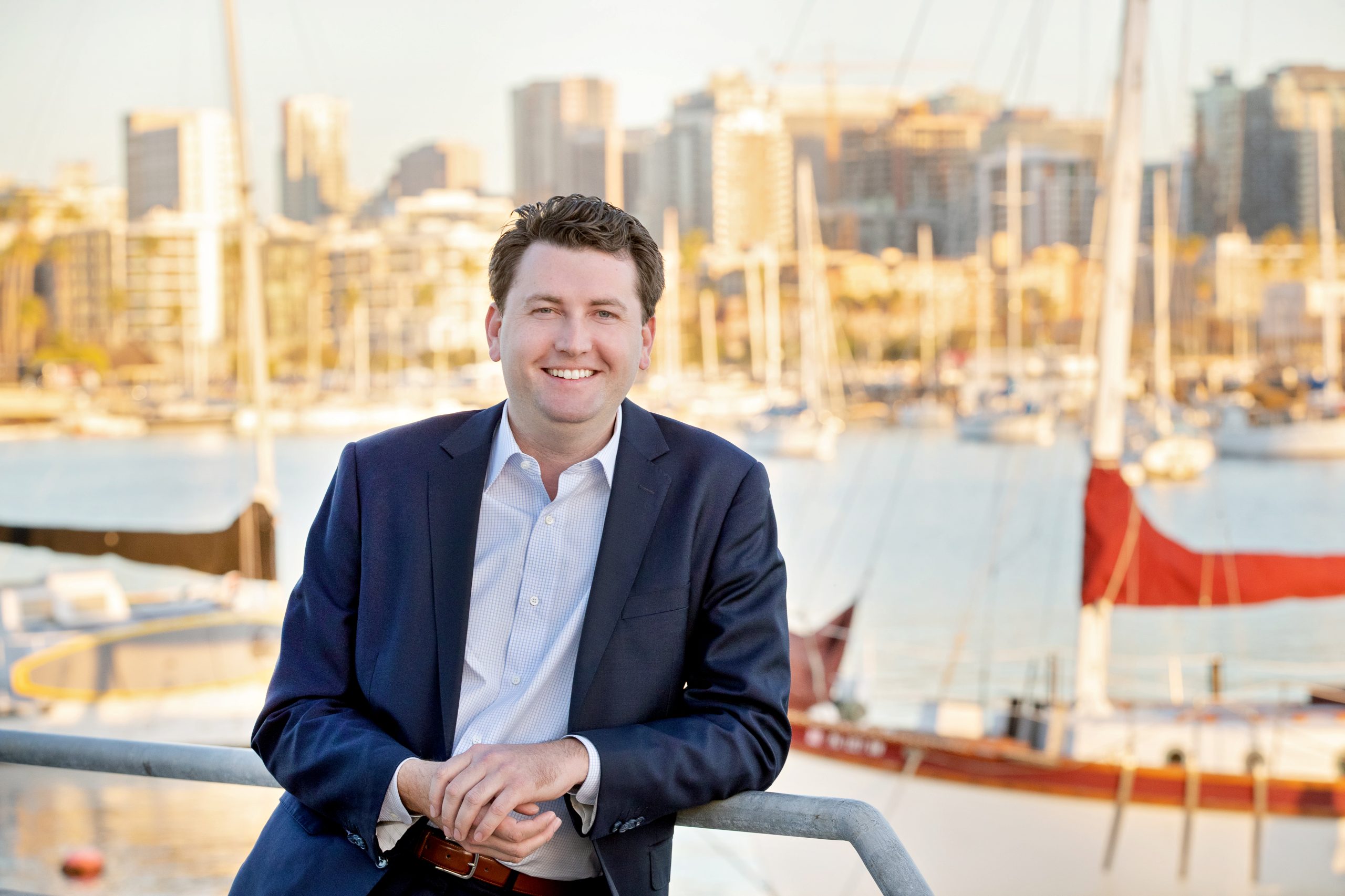By Michael Williams
Last Friday, 8 December, Assemblymember David Alverez convened an inaugural meeting of his Select Committee on Reconnecting Communities at San Diego College of Continuing Education Cesar Chavez Campus. This meeting focused on the impact of freeway construction on local communities, particularly low-income and minority neighborhoods. The purpose was to explore potential solutions to reconnect affected areas.
Chairman Alverez and several of the speakers framed the purpose in the context of Diversity, Equity, and Inclusion, the mantra of the Left to condemn policies that damaged the “underserved,” “minority,” and “economically disadvantaged” communities. Plus he threw in mitigating “climate change” for good measure. Current taxpayers get to pay for supposed sins of the past.
This meeting focused on the damage done principally to Barrio Logan/Logan Heights by construction of Interstate 5. Which happens to be Alverez’s old neighborhood. By the way, the highway was constructed in 1963, meaning most of the current residents were not around. However, righting past wrongs done by … well you know who … is the cause celebre in modern California.
The public hearing was to begin the process of getting community input and move toward construction solutions to “reconnect” the neighborhoods. A concept plan for placing several “lids” across the interstate was presented. A freeway lid is a concrete shelf that covers a sunken freeway, allowing development on top. An example is in City Heights over Interstate 15 where Teralta Park was built. Another has been proposed for Little Italy.
The Select Committee meeting attracted a few residents, but was primarily attended by staff, experts, and construction union members, i.e. those with a financial stake in any plan.
The lid concept is one way for cities to both connect neighborhoods divided by highways and add additional surface space for urban development. According to testimony at the meeting, there have been previous discussions, plans, and false starts to “reconnect” the community in the past that only led to elevated hopes that were then dashed when faced with reality.
Apparently, Alverez wants to do it again. His Select Committee is starting a statewide hearing tour to consider potential “reconnection” projects in other metropolitan areas.
The big hurdle was, is, and will always be funding. The Biden Administration’s $1.2 Trillion Infrastructure Bill, (i.e. the fix everything in America bill charged to the national credit card) was cited as the source for some of the funding along with CalTrans state money. Oh! The national debt is $34 Trillion and growing.
Ironically a news headline stated California is facing a record $68 billion budget deficit through fiscal year 2024-25. The nonpartisan Legislative Analyst’s Office assesses an additional shortfall of $30 billion per year from 2025-26 through 2027-28. The potential deficit is $155 billion over a six-year period.
So, rather than realistic proposals to “reconnect” neighborhoods, Alverez’s select committee is a chance to virtue signal how concerned he and the Democrat controlled Assembly care and feel for the disadvantaged. Sort of like they care for the homeless camped in parks and along highways.
Reconnecting neighborhoods/communities separated fifty years ago is down the priority list of such things as crime, crumbling infrastructure, failing schools, water and electricity shortages, healthcare, and masses of unhoused and undocumented people wandering the streets. Maybe during the next big budget surplus….
During California’s flower power 1960s cultural heyday, soft colorful paintings of flowers, butterflies, and clouds conveyed a sense of peace and unreality. Much of it fueled by drug induced euphoria. Last week’s Select Committee is a prime example California’s government’s failure to live within realistic financial constraints. And residents will continue to be disappointed.
Image Credit: Canva




